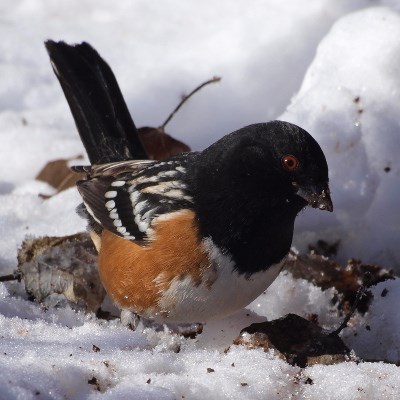
Share the gift of nature this holiday season by participating with your family and friends in the114th Annual Audubon Christmas Bird Count. Nationally, birders have been participating in the event for one hundred and twelve years. More than 50,000 volunteers from all 50 states, Canadian, Central and South America, Bermuda, the West Indies, and Pacific Islands count and record every individual bird and bird species seen in a specified area found during one 24-hour period in a designated circle 15 miles in diameter or about 177 square miles. Locally, the CBC is holding its 21th annual event. Last year, individuals and local school children from every walk of life turned out for the event. Everyone had a great time, identifying more than 3,000 birds representing over 70 bird species in and around Bryce Canyon, Kanab, Escalante, Utah; and Page and Pipe Spring, Arizona including many migrating birds such as Golden eagles, Ring-necked ducks, and wild turkeys. This year’s event promises to be even more successful. The Bureau of Land Management (BLM) Kanab Field Office and Grand Staircase-Escalante National Monument (GSENM), the National Park Service (NPS) Pipe Spring National Monument, Bryce Canyon National Park, and Glen Canyon National Recreation Area will be co-hosting Christmas Bird Counts (CBC) events in Southern Utah and Northern Arizona. Events will be held on: • December 16, from 8 a.m. to 4:30 p.m. at the Pipe Spring National Monument Visitor Center, 406 N Pipe Spring rd, Pipe Spring, Arizona. Call (928) 643-7105 for more information. Several area schools are also participating by having students count birds at feeders and around their own schools. Check off sheets may be coming home with your kids in their homework. Just send them back to school and event sponsors will pick them up. The 21th Annual Audubon Christmas Bird Count is an event for everyone, not just for the birds! According to Lisa Church, Kanab Field Office wildlife biologist, “Anyone can contribute. Folks can even count birds in their own yard. If they would like more adventure, they can drive or hike along local birding routes.” So, come join us and learn more about the feathered residents of your public lands. information provided by Larry Crutchfield |
Last updated: February 24, 2015
